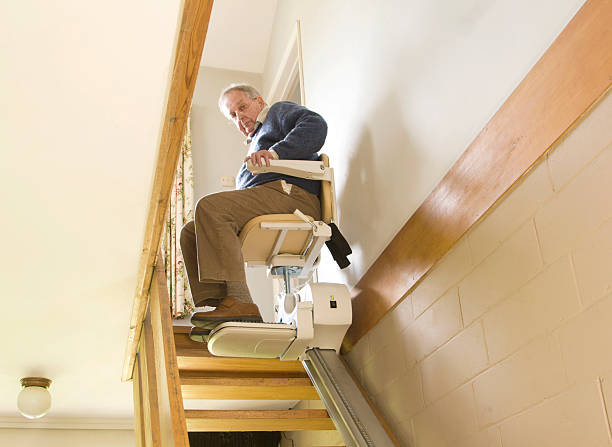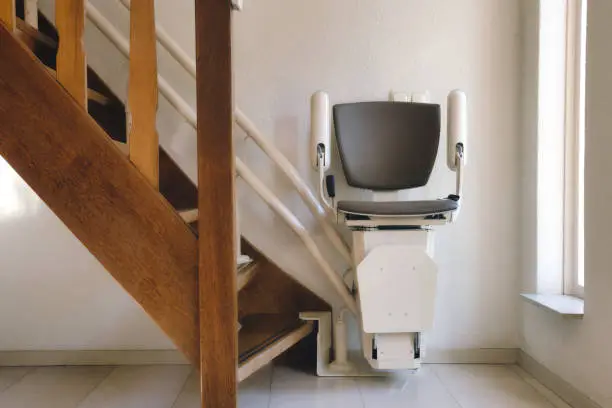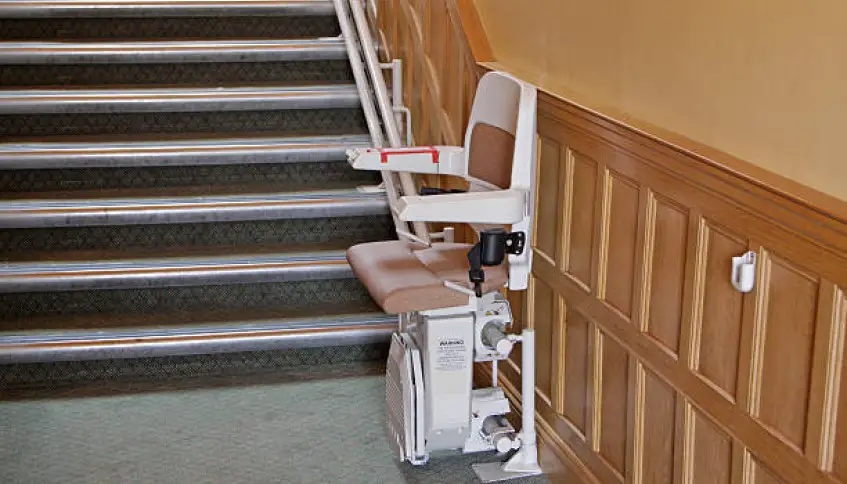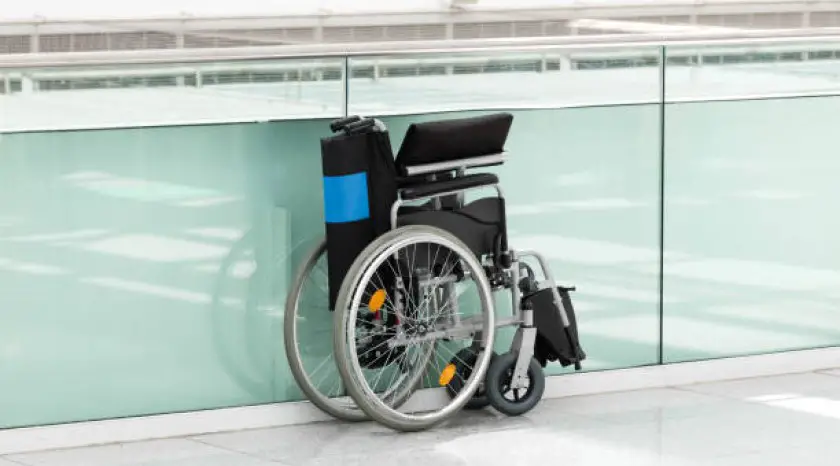Apart from the primary function of helping wheelchair users access the floors of a building, a wheelchair lift improves the safety and confidence of a wheelchair user.
I’ll mention the other benefits of a wheelchair lift in the latter part of this article.
Note that a wheelchair lift is important and a contributing factor to the quality of life of a wheelchair user. It is available in various types and sizes. And is pretty easy to get and install.
But here’s the rub.
Buying an already-made wheelchair lift costs a fortune, which can be really frustrating. So it’s a good thing that you’ve considered building a wheelchair lift yourself.
This will save you more money, and you can tailor it to your taste. But before I jump ahead to show you how to build a wheelchair lift, let me describe what exactly a wheelchair lift looks like.
Table of Contents
- What is a Wheelchair Lift?
- Types of Wheelchair Lifts
- How to Build Homemade Wheelchair Lifts (DIY)
- Factors to Consider when Getting a Wheelchair Lift
What is a Wheelchair Lift?
A wheelchair lift is sometimes referred to as a platform lift.
It is a device designed to help wheelchair users overcome vertical barriers while in the wheelchair. Commercial institutions, like banks, bars, schools, and churches integrate wheelchair lifts into their system in compliance with the Americans with Disabilities Act (ADA).
Interestingly, homeowners have begun to install this device in their residences to promote accessibility. You can also find wheelchair lifts in commercial and private vehicles.
A wheelchair lift can have up to 750 lbs carrying capacity. Although there’s no standard size for the lift, experts say that a wheelchair lift with about 30 inches in width and 48 inches in length is okay because wheelchair manufacturers now manufacture larger wheelchairs.
Wheelchair lifts work using a constant pressure control, so all you have to do is balance yourself on the lift and press the button to move the lift.
Related: How to Get a Disabled Person Upstairs Safely
Types of Wheelchair Lifts
There are 2 basic types of wheelchair lifts: vertical wheelchair lifts and inclined wheelchair lifts. The differences between these two are that the vertical wheelchair lift is more portable and easy to install than the inclined wheelchair lift.
Inclined wheelchair lifts are commonly used in commercial buildings while vertical wheelchair lifts are mostly used in residential buildings.
How to Build Homemade Wheelchair Lifts (DIY)

This section will guide you on how to build a vertical wheelchair lift like a pro.
You will need the following materials.
- A saw
- Hand drills
- Glue or nails
- Aluminum frames
- Lumber
- Rail assemblies
- DIY platform lift kit
Below are the procedures to follow.
Related: How to Install a Wheelchair Lift in a Van Like a Pro
Mark out the section for the wheelchair lift
There are many factors to consider before selecting a place to install a wheelchair lift.
Consider the needs of the wheelchair user. Does the selected space have enough turning space or elbow room to prevent navigating hazards?
Also, be sure that there is no electrical outlet in the chosen area. Carefully choose the best place to install the wheelchair lift. Then, proceed to the next step.
Build a sturdy base for the wheelchair lift
Next is to make a wooden frame slightly larger than the wheelchair lift base and place it in the area selected for the wheelchair lift. Cover it with plastic and fill the frame with concrete. Remove the frame when the concrete dries up and cut off the excess plastic.
Remove the handrail
Remove the handrails at the end where the wheelchair user will be deposited and replace them with a lockable gate. Ensure that the opening is not too big but wide enough to accommodate the user and their wheelchair.
Use lumber and nails to make the lockable gate. Attach hinges and gate locks where appropriate.
Install the lift access
The lift access comes in different brands and types and has different installation procedures. Follow the manufacturer’s guide on installing the lift access. Make sure that the lift slope is 12 inches long for every rising. The clear inside width should be at least 36 inches at the top and bottom of every run.
Secure the lift to the concrete
After assembling and installing the DIY lift access, secure it to the concrete using anchor bolts, washers, and nuts. This stage is critical, so be careful when securing the lift access to the concrete.
Cover the surfaces
I recommend you use a slip-proof material to cover the surfaces of the lift. This is to prevent hazards when in use. Don’t forget to do a maintenance routine for the wheelchair lift to prevent rust or decay.
Related: Getting a Disabled Person into a Boat: The Complete Guide
Factors to Consider when Getting a Wheelchair Lift

Carrying capacity
I’m pretty sure that you do not want to buy a wheelchair lift that can’t meet up to your weight. A good wheelchair lift should have a carrying capacity of between 500 and700 lbs. There are wheelchair lifts from top manufacturers that fall in this range. All you need to do is ask around, and you will be amazed at the many options you will get.
Space
This includes the floor space and the ceiling height of your selected area for the wheelchair lift. If the ceiling is too low or the floor space too small, it will affect the functionality of the lift. So, measure the height from the ground floor to the landing floor and buy a wheelchair lift that fits accordingly.
Safety and comfortability
Ensure that the lift has the necessary safety features. This includes emergency on and off switches and side guard panels.
Ease-of-use
A good wheelchair lift should also be user-friendly and not so technical. Remember that a disabled person intends to use it for easy access to the floors in a building.




